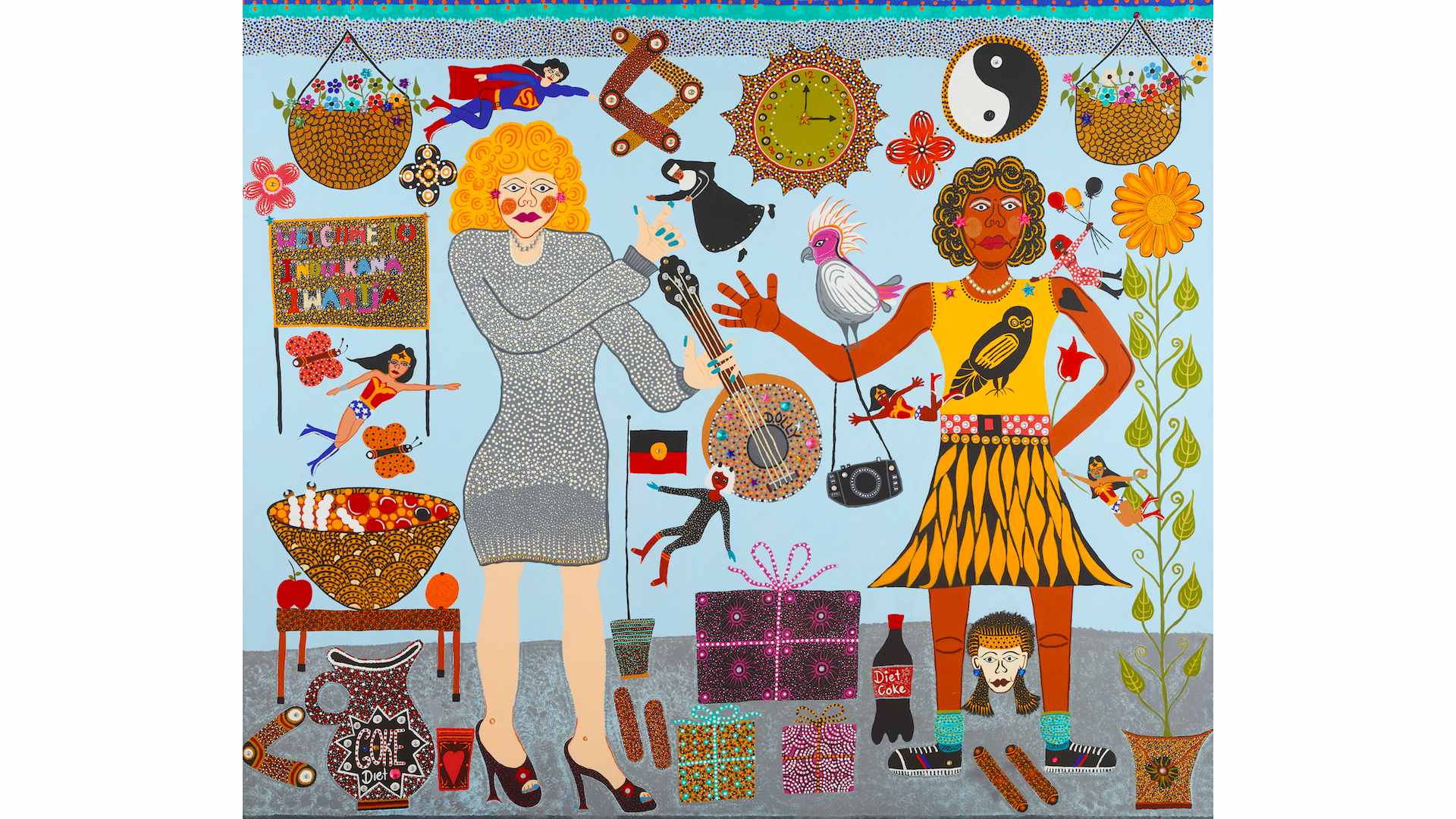The Archibald competition is Australia’s crowning glory for art. Though this year’s finalists have featured unabashedly expressionless and commonplace portraits.
The competition is an annual exhibition eagerly anticipated by artists and audiences alike that is awarded to the best portrait, quintessentially a distinguished laureate, painted by any Australasian artist.
This year’s competition featured a panoply of 55 finalists—some of which feature more than one sitter— 36 are male and 22 female. 25 of the 55 artists who painted them are female.
“The most refreshing Archibald exhibition I can remember,” wrote The New Daily.
Being withheld at the Art Gallery of New South Wales, the gallery is also observing strict physical distancing and hygiene measures to protect the health of visitors and staff in an attempt to minimise the spread of COVID-19.
The Archibald Prize, first awarded in 1921, is Australia’s most honorary art award. Awarded to the best portrait painting; from politicians to celebrities, sporting heroes to artists.
This year’s most arresting, variegated and creative portraits include Angus McDonald’s portrait of refugee writer and advocate Behrouz Boochani; Thea Anamara Perkins’s bantam portrait of her grandfather, respected Sydney elder and Indigenous activist Charles “Chicka” Madden, who is depicted in a moment of reflection; and Justine Muller’s portrait of her late godfather – union leader, activist and environmentalist Jack Mundey.

The portrait that was awarded the Packing Room Prize 2020 was Actor Meyne Wyatt’s self-portrait, receiving a payment of $1000 plus a cash prize of $500 from ANZ. The actor is the first Indigenous artist to win any of the prizes in Archibald’s history.
“I decided to paint myself because there would be no one to offend if the painting wasn’t any good,” said Wyatt.
Yet, many of 2020’s portraits reverberate as banal and lackluster. “JB reading” by Guy Maestri, “Salute of gentle frustration” by Scott Marsh, a self-portrait after ‘Allegory of Painting’, by Tsering Hannaford, “Alive and brilliant” by Wendy Spindler are among the low cards. The originality of these paintings has banalised the ethos of the competition.

Despite a repertoire of flamboyant portraits, the aforementioned are absent of a contemporary political, social or sociological undercurrent. In light of 2020’s Black Lives Matter movement, the domestic furore about race and ethnicity are mirrored in the prominence given to Indigenous artists in this year’s prize—Vincent Namatjira’s “Stand strong for who you are”
The gallery’s curator Anne Ryan says many of the Archibald mirror contemporary issues.
“There are some serious pictures and stories being told, but also some really great stories about resilience, intimacy and affection; people who are really making a difference to our culture,” said Ryan.
“The Wynne [an annual competition that focuses on landscape paintings and figure sculptures] has a very 2020 flavour because there are works that engage directly with droughts and fire,” she says, alluding to the paintings by Julianne Ross Allcorn and Luke Sciberras.
One of the more potent, by artist Yuri Shimmyo’s, self-portrait was inspired by John Singer Sargent 19th-century painting “Carnation, lily, lily, rose”. While Sargent’s painting features two girls in a garden, Shimmyo’s features herself enveloped in lilies and environed by a wallpaper of roses.
The finalist’s foremost flamboyant and eloquent portrait was painted by artist Kaylene Whiskey, who listens to the music of illustrious American singer-songwriter Dolly Parton while she paints. Fortuitously, this practice has enabled her portrait to be one of five finalists selected for the final.
The painting features Dolly holding a garlanded guitar whilst being environed by potpourris: another woman, superwomen, memorabilia, a camera, roses, flowers, butterflies and a flying nun.

The most meaty portrait finalist: after being with for over six years in a detention centre, revered Kurdish-Iranian writer Behrouz Boochani was granted asylum in New Zealand. Sydney artist Angus McDonald first fraternised with Boochani when he was filming a documentary, Manus. The oil portrait features Boochani gazing directly at the audience. “A strong, confident and peaceful man who survived a brutal ordeal and is now free,” says McDonald.
Yet, many other portraits have charmed the nation – Wendy Sharpe’s “Comedy and Tragedy” featuring Magda Szubanski, Craig Ruddy’s “Dark emu” – portrait of Bruce Pascoe and Vincent Namatjira’s “Stand strong for who you are” featuring Adam Goodes and himself.
This year’s winner of the Sulman prize was Marikit Santiago;”The Devine”, the Wynne prize winner was Hubert Pareroultja’s “Tjrita” (West MacDonnell Ranges) and the Archibald prize was awarded to Vincent Namatjira’s “Stand strong for who you are’” that, along with four finalists, will be on display at the AGNSW from September 26 until January 10.
Australians rules legend Adam Goodes commended Namatjira on his victory and on his potent portrait: poised to imbue audiences with racial equality, fervency of Aboriginal and Indigenous identity and cultural acceptance.
“I am thrilled that an indigenous artist Vincent Namatjira has won the Archibald prize for the first time. And I am so pleased that it shines a light on all indigenous art. We have a 60,000 year history of art and culture in our people, and we share this knowledge and gift of culture with all Australia,” wrote Goodes.

